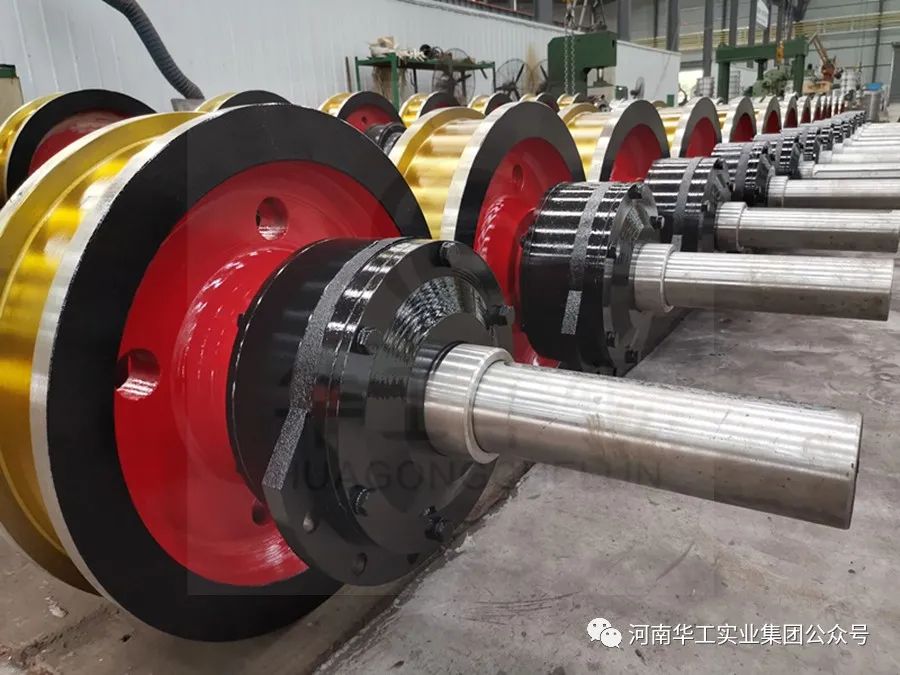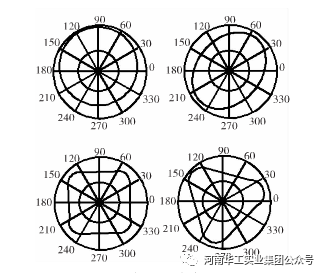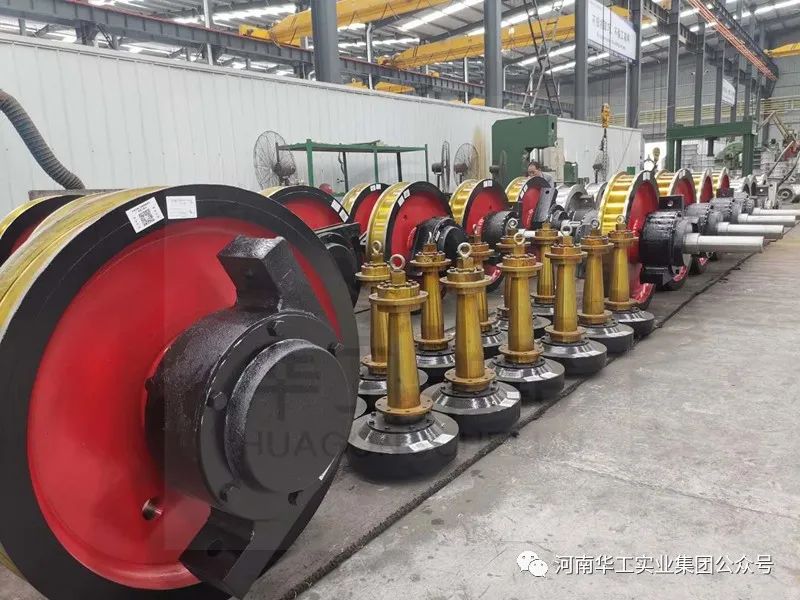As a kind of special equipment, cranes are widely used in construction, metallurgy, machinery, electricity and other industries. The overhead crane is the most widely used and owned in many types of cranes, with a rated lifting capacity from a few tonnes to several hundred tonnes, and can be used in a variety of places for lifting, transporting, loading and unloading of materials, thus widely used in workshops, warehouses or open spaces of industrial and mining enterprises.
The phenomenon of non-rounding of wheels is widely present in crane operation sites. The non-rounding of the wheel will cause the crane car body twisting and shaking, unstable operation, and intensify the wear and tear between the wheels and rails. So why are the wheels round. For example, wear on the side of the track, wheel tread depression-shaped wear, crane stability, safety, and reduce the service life of the various components of the wheel and rail system. The non-circularity of the wheel leads to shock, vibration, noise and will affect the smoothness of the car. At present, most of the domestic research on crane wheels focus on the "nibble rail" problem, few people on the wheel non-rounding phenomenon of research. In this paper, for the overhead crane wheel non-rounding problem, through the calculation of analysis, the impact on the synchronization of the operating mechanism.
Wheel non-rounding problem classification
The wheels mainly bear the crane's own weight and lifting load, and make the crane run back and forth on the track. As the wheels run for a long period of time, a certain degree of change in wheel diameter occurs. The following are the main types of non-rounding of wheels:
1. Wear and peeling of the tread surface:
This refers to a local defect in the tread surface of the wheel. This defect is mainly due to the shallow degree of wheel hardening, although the surface quenching treatment, but the depth of the hardened layer of the wheel has not been able to withstand the maximum shear stress, the formation of a great gradient bit difference, so that the wheel tread appears a large layer of fatigue off.
2. Local plastic deformation:
The hardness of the wheel tread without quenching is not sufficient to produce local plastic deformation at work, which causes early wear on the surface of the wheel with scaled abrasive chips. Sometimes, due to excessive braking torque, the wheel will slip on the track, causing localised wear on the wheel tread and even more serious situations such as deep grooves.
3. Partial depression of the tread surface:
In the process of casting the wheel, defects such as residue, looseness and grit holes are left under the tread layer, and local pits appear when the pressure applied to the unit is high.
4. Wheel circumferential polygonalisation:
This refers to the periodic change in the radius of the wheel along its entire circumference. This is mainly caused by the eccentricity of the wheel due to installation or processing, as well as ovalisation, triangularisation and quadrilateralisation due to the lateral movement of the wheel after wear and deformation. This is illustrated below.


Contact: Mrs.Peng
Phone: 86-15910902294
E-mail: pengying@hjwm.com.cn
Whatsapp:+86 13713229714
Add: 140 meters north of Dongyangze Road, Guiling Avenue, Changyuan City, Xinxiang City, Henan Province,China
We chat
